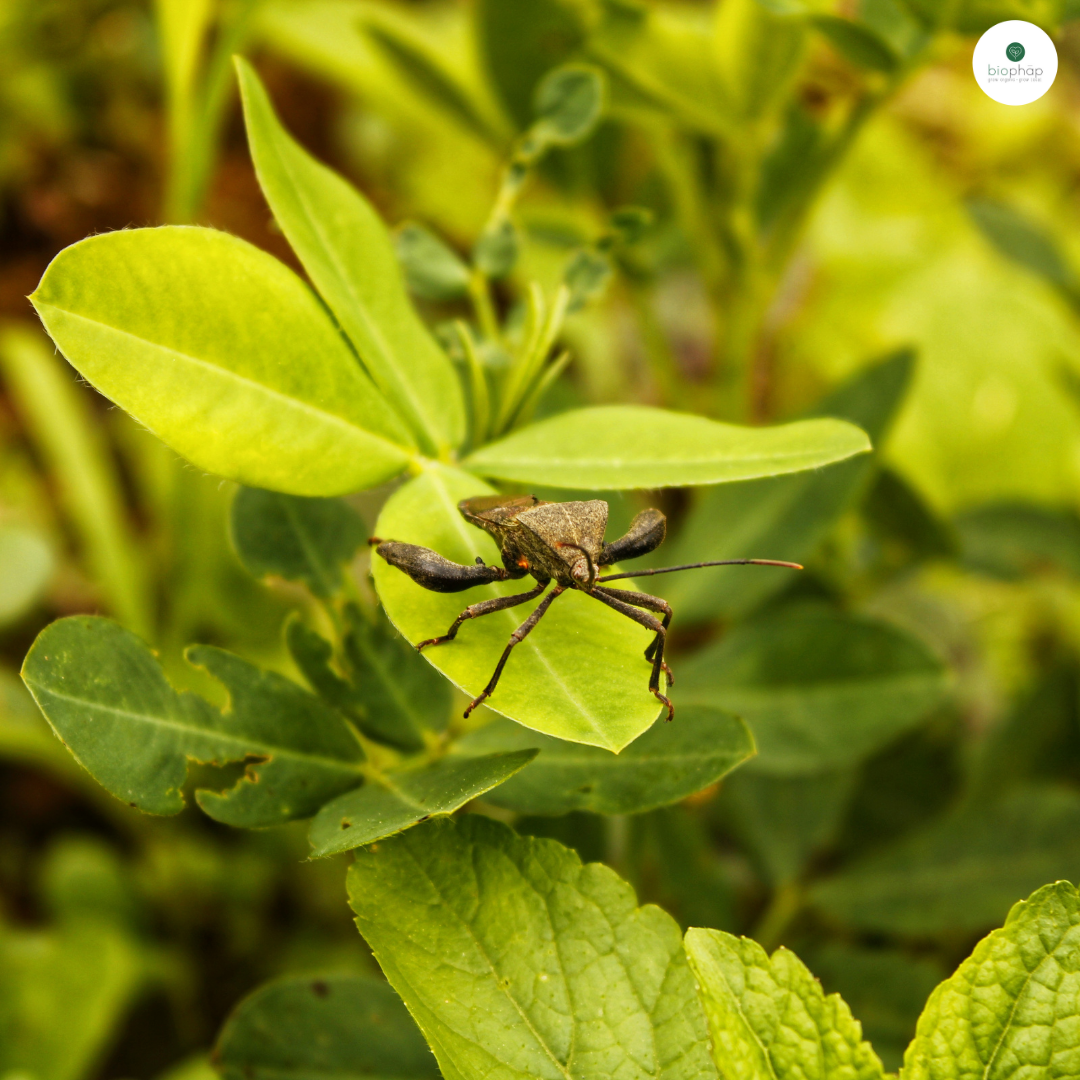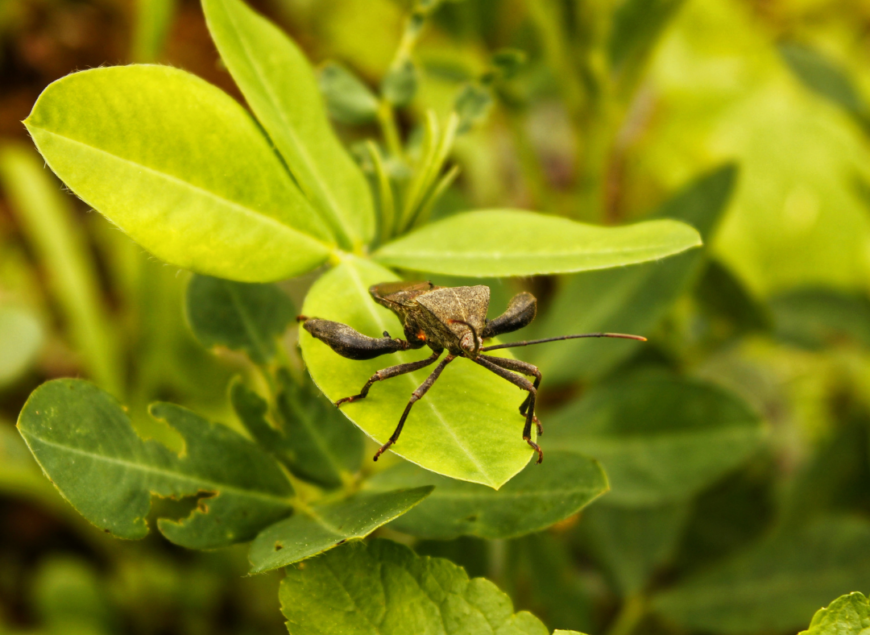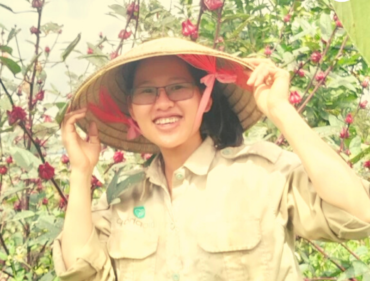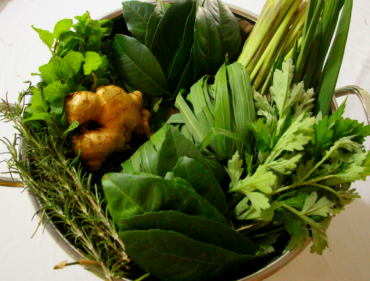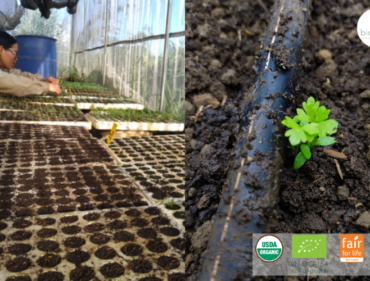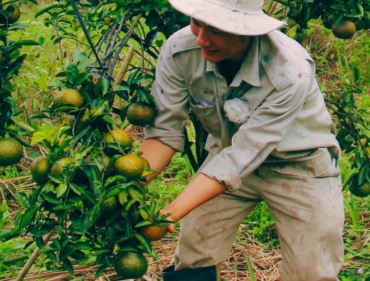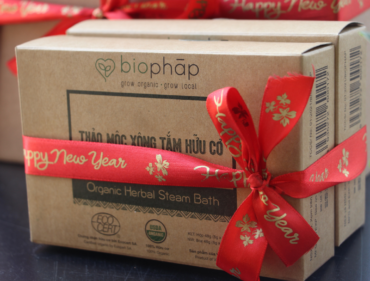A farmer who wants to do organic farming or switch from conventional to organic farming is likely to concern about pest & disease control. The usual method that farmers often use is to use chemical or organic chemicals to treat pests and diseases. However, this approach does not solve the core of the problem, because pests still explode from season to season. In addition, this makes pests resistant to pesticides, we still have to use other pesticides in our orchards, which is both costly and affects the quality of agricultural products. Pest and control has many ways, here are our methods:
1️⃣ Soil improvement: Improving soil is the core of organic agriculture, soil directly affects the growth of plants, healthy soil will make healthy plants. Healthy plants will have good resistance to pests and diseases. Pests and diseases only attack weak plants. Soil improvement should be the first principle for the prevention or control of pests.
2️⃣ Rotation of short-term crops: Short-term crops are always rotated on the same soil location, this measure helps prevent pest outbreaks very effectively, because each group of crops will attract insects. Insects and diseases are different, so no particular pest or disease can get out of control.
3️⃣ Regular observing: Regularly observe and monitor plants to detect early risks and promptly handle them before pests and diseases break out.
4️⃣ Natural enemies: Pests and diseases can also be controlled naturally through the action of food webs. Insects and pests that eat plants also have natural enemies that use them as food. For example, ladybugs eat aphids and mealybug; Weaver ants eat leaf miners, bugs,… Some beneficial fungi can inhibit the growth of other harmful fungi, etc. That’s why we often talk about biodiversity in orchards, because there are many crops that insects and fungi also have the conditions to develop, this species inhibits the other, creating a balance, making it difficult for a certain type of pest to break out at a high density. Although there are always pests and diseases in the orchard, it is always at an acceptable level for the crop. So we always feel secure because we don’t have to fight alone.
Above are the basic ways that we farmers often do, hope it helps you. The rainy season in the Central Highlands has come (usually from May to October every year)! Thanks to the abundant rainfall, plants grow very quickly, but it is also the time when pests and diseases appear most. Thanks to the annual monitoring data, we know the growth rate of the farm, so we also plan to prepare for disease prevention. Because prevention is better than cure. If you understand the risks of your farm, you will appreciate the agricultural products we produce even more. Right?
—
